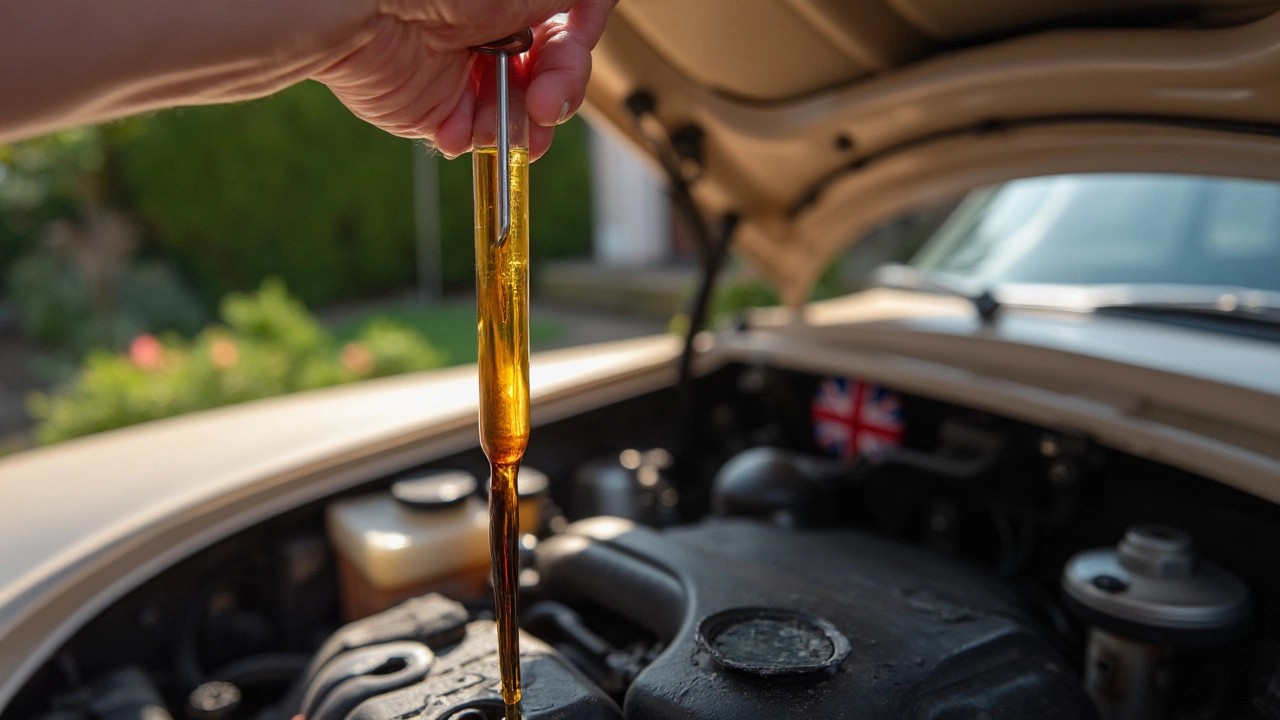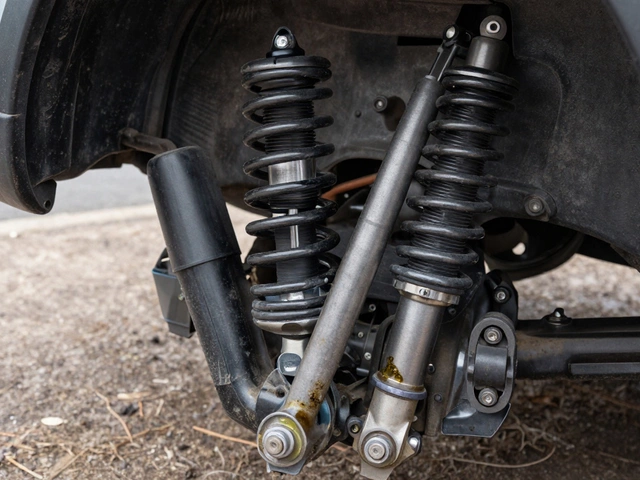Oil Check: How to Monitor Engine Oil and Avoid Costly Damage
When you do an oil check, the simple act of inspecting your engine oil level and condition to prevent mechanical failure. Also known as checking the dipstick, it’s one of the fastest ways to catch serious engine trouble before it costs you thousands. Most people ignore it until the check engine light flashes—but by then, it’s often too late. A quick oil check takes two minutes and can save your engine from seizing, sludge buildup, or catastrophic wear.
It’s not just about how much oil is in there. The engine oil level, the amount of lubricant in your engine’s crankcase, measured via dipstick or digital gauge matters, but so does the dipstick reading, the visual indicator showing oil level between min and max marks on the dipstick. If the oil looks thick, dark, or has metal flakes, it’s not just dirty—it’s failing. If it’s below the min line, your engine parts are grinding without enough protection. Skipping this step is like driving a car with no brakes and hoping the road stays flat.
Many drivers think they’re safe if they haven’t seen a leak or heard a noise. But oil doesn’t vanish—it breaks down. Heat, dirt, and time turn fresh oil into gunk. That’s why even if you’re not low on oil, a bad reading can mean you’re overdue for a change. The oil maintenance, regular inspection and replacement of engine oil to ensure optimal lubrication and engine longevity routine isn’t just about following a calendar. It’s about listening to what the oil tells you. A quick wipe of the dipstick can reveal contamination, coolant leaks, or even a blown head gasket before your car starts overheating.
You don’t need a garage or a degree in mechanics to do this right. Just park on level ground, wait five minutes after turning off the engine, pull the dipstick, wipe it clean, reinsert it fully, then pull it out again. Look at the level. Look at the color. Smell it if you’re unsure. If it smells burnt or looks milky, don’t drive it. If it’s low, top it up with the right type—but don’t ignore why it dropped. The posts below show you exactly what to look for, what to do next, and how to tell if you’re one bad oil check away from a tow truck.





